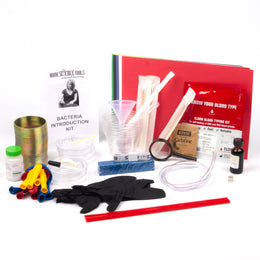







Exploring Creation with Human Anatomy and Physiology
Explore God’s incredible design, system by system—no goggles required. With projects, stories, and notebooking, kids build a body of knowledge they won’t forget.
$89
Quantity:
Perfect for elementary students, this 14-lesson course guides your child through each body system, from the digestive tract to the brain and beyond, using real-world explanations grounded in a biblical perspective. With vivid illustrations, conversational text, and zero prep for you, this isn’t just a read-and-repeat situation. With “Try This!” activities like building a lung model or making edible cells, your student will absorb complex ideas through engaging, memorable projects. And the Personal Person project? It’s a body-sized figure he’ll assemble bit by bit, adding organs and systems as he goes—like a scrapbook of the human body.
Pair it with the optional spiral-bound Notebook, and your child gets a built-in schedule, vocabulary games, copywork, mini booklets, and spots to jot down what he's learned. It’s interactive, it’s well-paced, and it helps even reluctant writers reflect and record.
Whether your child is science-obsessed or just getting started, this course takes a tricky subject and turns it into something your student will actually understand—and remember. And yes, he’ll probably be quizzing you on the parts of the ear before long.

See sample pages from the text, including the Notebooking Journal, Table of Contents, Lab Supply List, and more.
Find answers to the most frequently asked questions about this product below:
Yes, it is! The series is designed to be used in any order, so you can choose to start with whatever topic most interests your child.
Some of the books in the series have content that is a bit more advanced than others. In particular, Earth Science, Human Anatomy & Physiology, and Chemistry & Physics are better suited for upper elementary grades.








